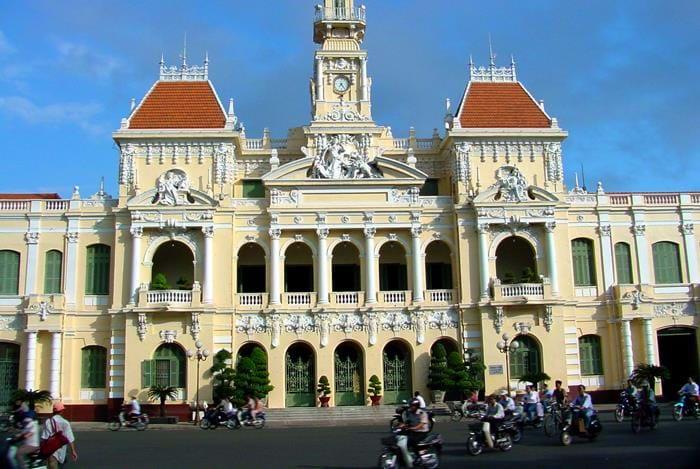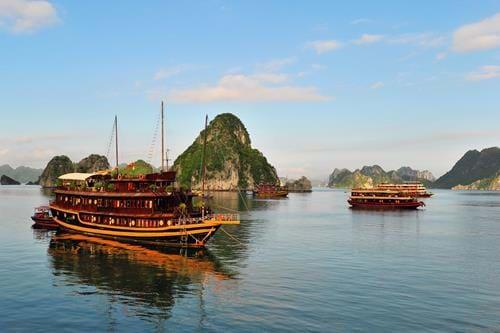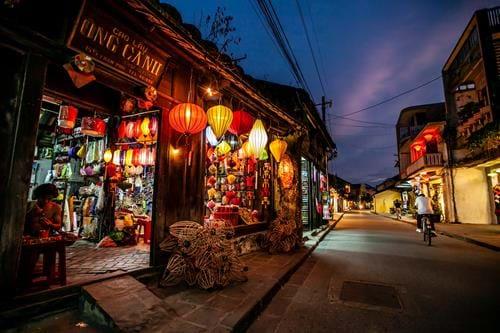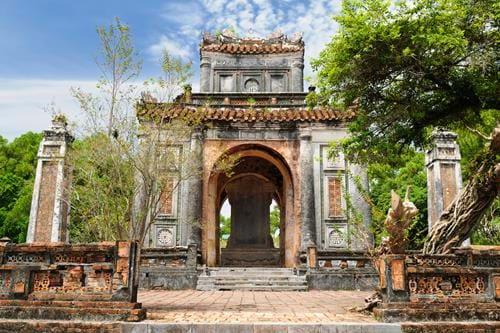Vietnam 12.12.2014 Updated: Transindus
Hanoi and Ho Chi Minh City both have their own draws but if you haven’t the time to take in both, read our handy guides to learn more about these vibrant, varied cities.
Hanoi – Past and present
The city of Hanoi is the capital of Vietnam, boasting a long, rich history that dates back to at least 3,000 BC. Hanoi was the subject of occupation on numerous occasions, by the Chinese and the French, before becoming a part of independent North Vietnam in the 1950s.
In recent years, Hanoi has experienced rapid growth – skyscrapers characterise the city centre’s skyline but outside the centre are many rural districts and Hanoi has retained a historic air.
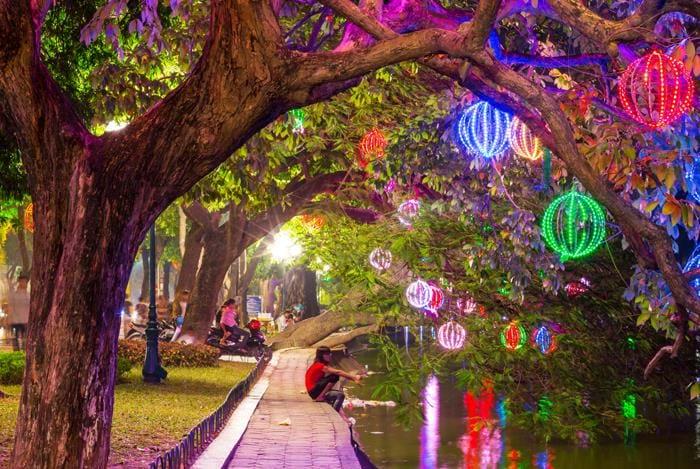
Top attractions
The Old Quarter
Within the city, modern buildings have sprung up, but the streets themselves are narrow and winding, in-keeping with their antiquity. The Old Quarter retains Hanoi’s history – a tour of the centre reveals the city’s old French colonial buildings and the ruins of the citadel.
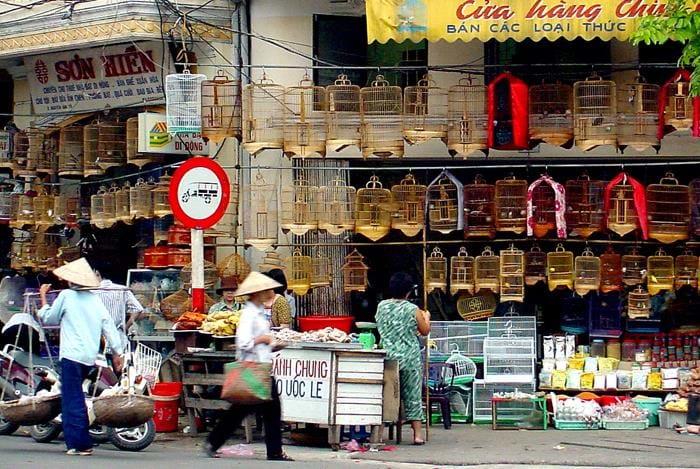
Buddhist and Daoist temples
Hanoi is home to many Buddhist and Daoist temples, the most notable of which is the Bach Ma Temple in the Old Quarter. The temple is thought to be the oldest in the city, with parts dating back to the 11th century, but much of the structure was added in the 1700s.
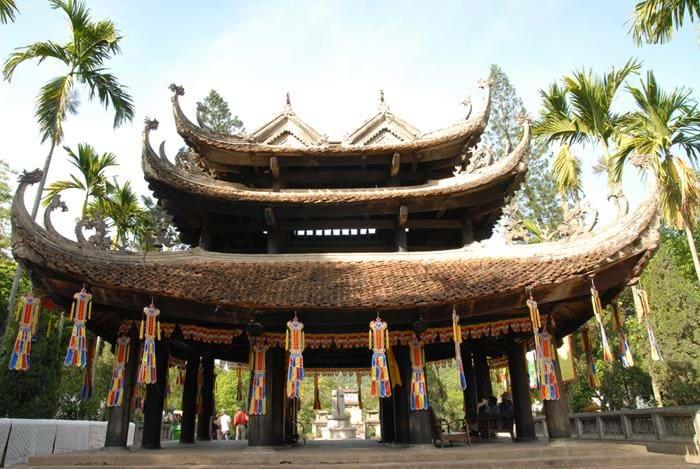
Hoan Kiem Lake
A far cry from the hustle and bustle of Hanoi’s marketplaces, peaceful Hoan Kiem Lake is one of the main scenic spots in the city. Legend has it that Golden Turtle god Kim Qui emerged from the lake to ask Emperor Le Loi for his sword. Reports have it that turtles reside in the waters, though it’s not known how many.
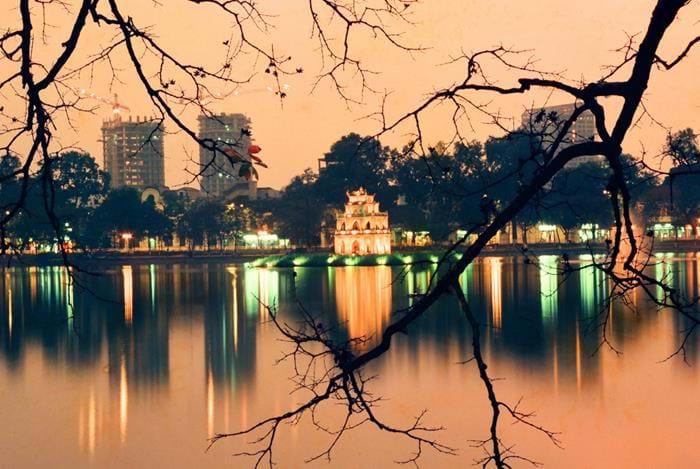
Hanoi may have a busy centre but it’s easy to find peace and quiet in the city’s scenic spots and further afield. There’s plenty of authentic Vietnamese cuisine to tuck into and although cool during autumn, Hanoi is renowned for its sweet scent, which is borne by milk flower blossoms being carried in the air. Experience the nostalgia of Hanoi by visiting the markets and picking up souvenirs from traditional trades like bamboo, cloth, silk and silver – the streets are named after these age-old trades.
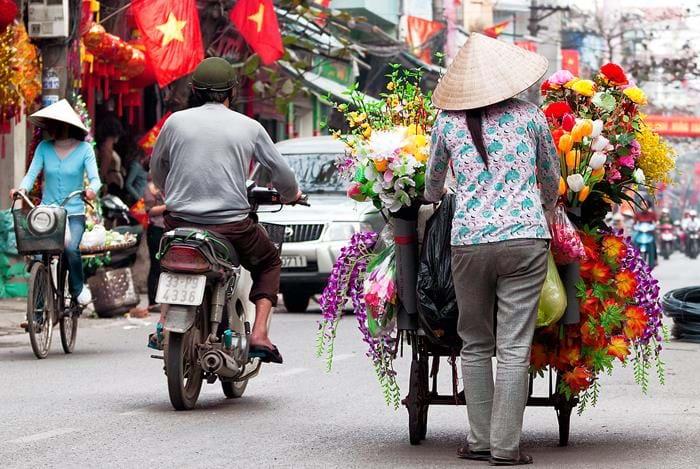
Ho Chi Minh City – Past and present
Formerly known as Saigon, Ho Chi Minh City is the largest in Vietnam. An important sea port, Ho Chi Minh City was once a part of Cambodia before Vietnamese settlers took over the area. Conquered by both France and Spain, the city came under the control of the Vietnamese People’s Army in 1975.
Now, Ho Chi Minh City is a bustling, modern metropolis, with varied opportunities for activity and entertainment.
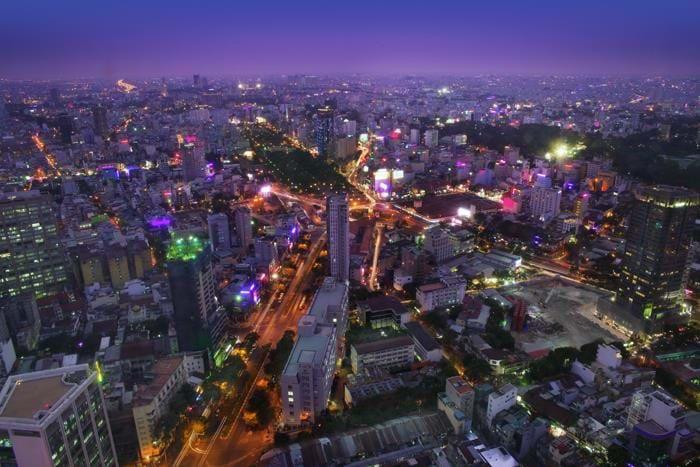
Top attractions
War Remnants Museum
The modern War Remnants Museum contains exhibits from the American phase of the Vietnam War. Themed rooms and a walled outdoor area showcase graphic photography and military equipment from the battle, as well as artwork and aircraft.
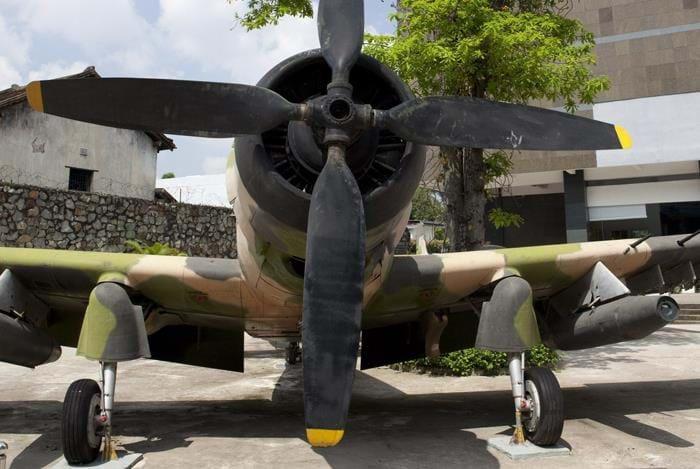
Independence Palace
The grand Independence Palace was built in the 1960s and renamed the Reunification Palace after the war. The building housed the presidents of South Vietnam before reunification and now functions as a museum, with visitors able to explore areas where the war was discussed and battles decided.
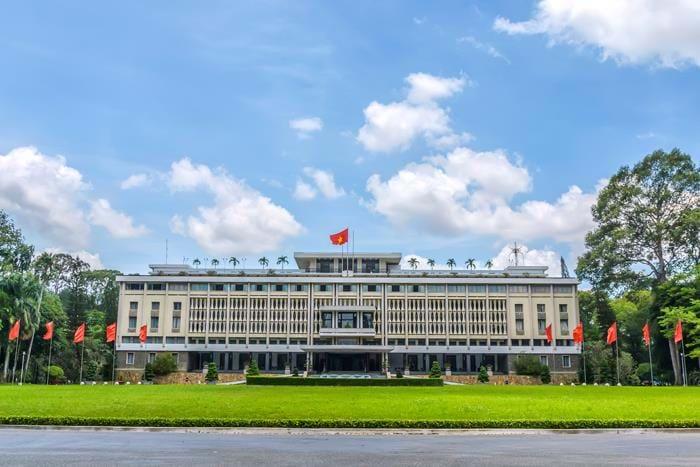
Saigon Notre-Dame Basilica
The French colonial Saigon Notre-Dame Basilica dates back to the 1860s. French materials were shipped over for the building of the church, which was established on the site of a pagoda that was abandoned during the war.
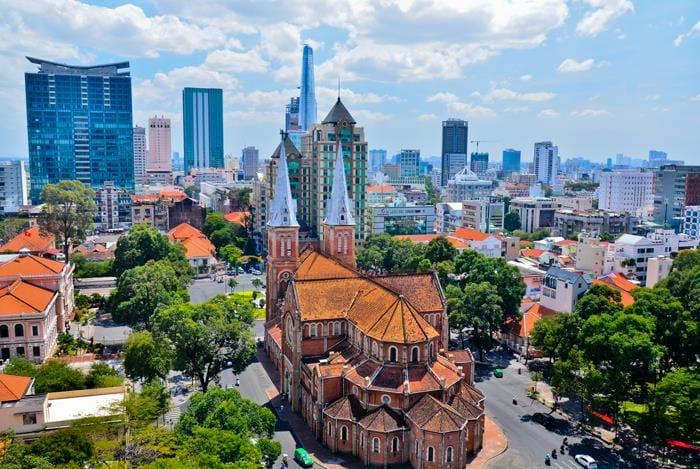
Ho Chi Minh City has favourable weather compared with other parts of Vietnam, mainly experiencing a dry season and a wet season as opposed to more extreme periods. Transportation is convenient and affordable, and the cuisine is international – whatever your favourite flavour, you’ll find it in Ho Chi Minh City. Take in live concerts, watch a movie or visit a basketball court for some fun – the entertainment options are unrivalled.
